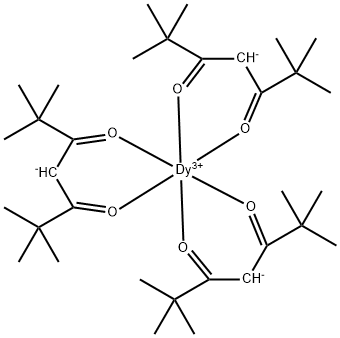Polychlorinated Biphenyls (PCBs) , 99% , 1336-36-3
PRODUCT Properties
| Melting point: | 340-375 °C |
| Density | 1.44 g/cm3(Temp: 30 °C) |
| IARC | 1 (Vol. 18, Sup 7, 107) 2016 |
Description and Uses
Polychlorinated biphenyls (PCBs) are one of the most widely
studied environmental contaminants, and many studies in
animals and human populations have been performed to
assess the potential carcinogenicity of PCBs. PCBs are mixtures
of up to 209 individual chlorinated compounds (known as
congeners or chlorinated hydrocarbons), which are no longer
produced in the United States, but are still found in the environment.
Exposure to PCBs includes acne-like skin conditions
in adults and neurobehavioral and immune alterations in
children. PCBs are carcinogenic to animals, and they have been
found in at least 500 of the 1598 National Priorities List sites
identified by the US Environmental Protection Agency (EPA).
PCBs (US trade name Aroclor) have no known natural sources,
are either oily liquids or solids that are colorless to light yellow,
and can exist as a vapor in air. PCBs typically do not exhibit any
smell or taste.
The US Toxic Substances Control Act (TSCA) was enacted by
the US Congress to control the distribution, use, and disposal
of harmful chemicals, including PCBs. PCBs have been
demonstrated to cause a variety of adverse health effects.
Studies in humans provide supportive evidence for potential
carcinogenic and noncarcinogenic effects of PCBs, and based
on the weight of the data, it is suggested that PCBs are probable
human carcinogens.
PCBs were used as coolants, lubricants, and insulators in electrical capacitors, electrical transformers, vacuum pumps, and gas transmission turbines. They have also been used as hydraulic fluids, plasticizers, adhesives, fire retardants in plastics, wax extenders, lubricants and cutting oils, inks, and cleaning agents. PCBs were banned from production internationally in the late 1970s, but are still widespread as contaminants in the environment. They are also produced unintentionally in the production of organic chlorinated herbicides, bleaching of papers, in the incineration of wastes, and in industrial and thermal processes involving chlorine and chlorinated chemicals.
Safety
| Symbol(GHS) |   GHS08,GHS09 |
| Signal word | Warning |
| Hazard statements | H373-H410 |
| Precautionary statements | P260-P314-P501-P273-P391-P501 |
| Hazard Codes | Xn,N |
| Risk Statements | 33-50/53 |
| Safety Statements | 35-60-61 |
| RIDADR | 2315 |
| HazardClass | 9 |
| PackingGroup | II |
| Hazardous Substances Data | 1336-36-3(Hazardous Substances Data) |
| Toxicity | mouse,LD50,oral,1900mg/kg (1900mg/kg),LIVER: OTHER CHANGES,Fukuoka Igaku Zasshi. Vol. 60, Pg. 544, 1969. |






